Why NASA's Europa Clipper mission to Jupiter's icy moon is such a big deal
The Europa Clipper Mission will analyze the Jovian moon in unprecedented detail, and scientists are excited about what the spacecraft might uncover.
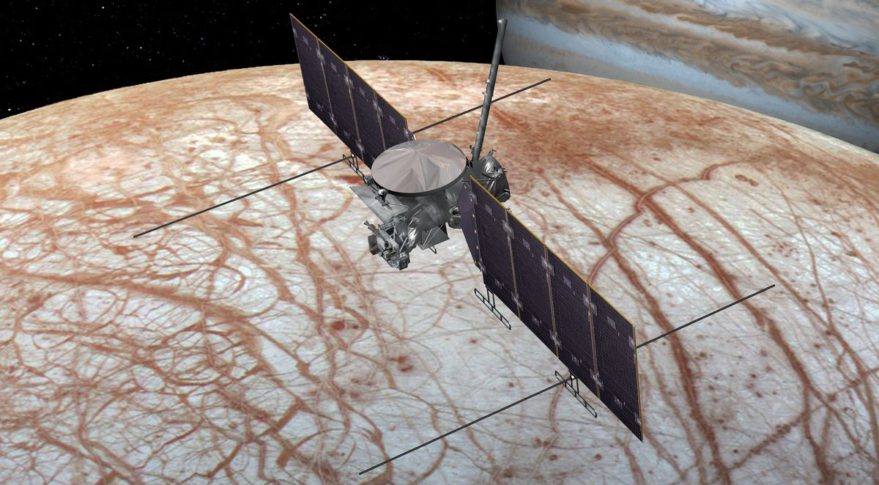
In October this year, NASA will launch one of the most sophisticated spacecraft ever assembled. Its destination? Europa, Jupiter's fourth largest moon.
The Europa Clipper mission, which aims to reach Europa by 2030, is stacked with a number of instruments that can help scientists understand the moon's complex geology and composition — ultimately, researchers want to use these tools to get a better idea of Europa's habitability. In other words, they want to learn whether this moon has favorable conditions for life to exist (life as we know it, at least).
"Jupiter's moon Europa may create the conditions for life in its global ocean," Steve Vance, an astrobiologist from NASA's Jet Propulsion Laboratory, said at the Astrobiology Science Conference 2024.
Related: NASA's Juno probe captures fascinating high-resolution images of Jupiter's icy moon Europa
Recently, a number of scientists involved in different aspects of the mission spoke at the Astrobiology Science Conference 2024, which is a conference that brings members of the astrobiology community together to collaborate and exchange knowledge. They explained in fascinating detail how the spacecraft will reach its destination, what the mission might reveal about Europa's environment, and why the explorer's instruments may offer tantalizing clues to the presence of life.
"Europa Clipper is the first mission designed to investigate the habitability of an ocean world," Vance said during the conference.
So, let's get into the promise of this icy world sitting (on average) 444 million miles away from us.
Get the Space.com Newsletter
Breaking space news, the latest updates on rocket launches, skywatching events and more!
Europa's possible ocean
It all began with the launch of the Galileo Mission in 1989, which involved a spacecraft orbiting Jupiter for eight years.
Thanks to Galileo's flybys of the major Jovian moons — Io, Europa, Callisto and Ganymede — scientists became aware that Europa likely harbored a liquid ocean beneath its icy exterior surface. This was an incredibly exciting find because, at the time, scientists were unaware of the presence of liquid water anywhere in our solar system other than on Earth. The discovery had expanded our understanding of the scope of habitability in our solar system, as it proved liquid water could exist outside the parameters of the so-called "Goldilocks zone" — the area around a star where liquid water can exist. Ever since, planetary scientists have been itching to get back to Europa.
"We are going to try to characterize the ocean using magnetic fields," Vance explained at the conference.
"Galileo, a previous spacecraft, flew by Europa four times, close enough to get a magnetic response," Vance said. "This is like Europa walking through a metal detector at an airport, except Jupiter is the metal detector which creates this field that Europa responded to."
Scientists have designed the Europa Clipper mission to conduct multiple flybys of Europa in order to sample different aspects of the moon's magnetic response. On one hand, researchers will try to figure out the response's strength, and on the other, they'll attempt to measure the timing of the response relative to Jupiter's magnetic field. "Through this, we hope to work out the salinity of the ocean," said Vance.
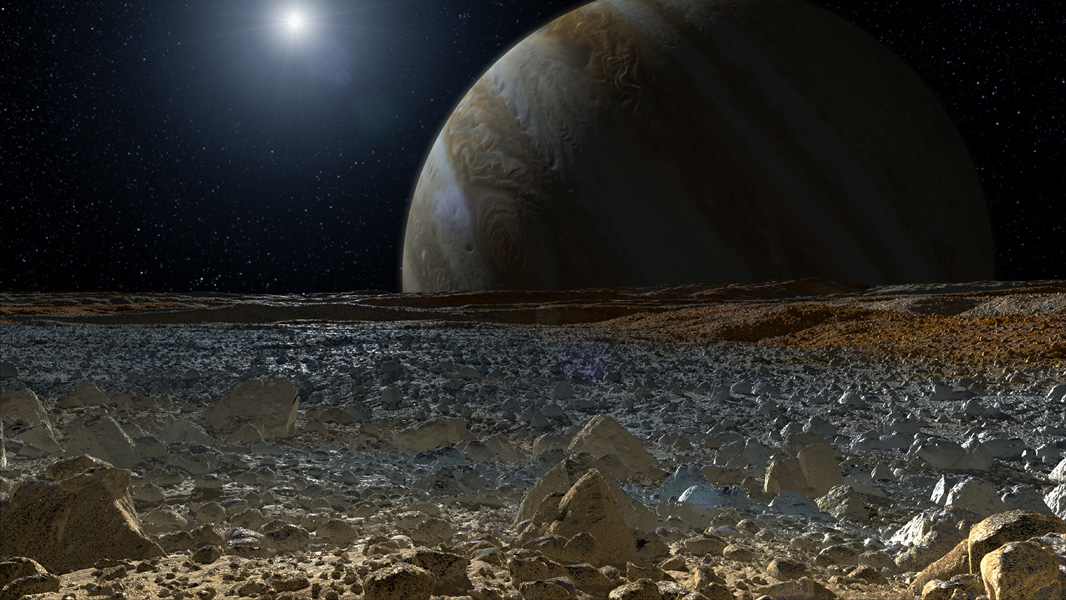
Europa's chemistry
Though the possibility of confirming the presence of liquid water on Europa is certainly exciting in and of itself, researchers also want to get a better understanding of other processes on the moon that could impact its potential habitability.
For example, the exterior of Europa is exposed to high levels of radiation from charged particles trapped in Jupiter's magnetosphere. Under standard circumstances, scientists would expect such a surface to likely be inhospitable to life. However, it's also possible that radiation may contribute to Europa's habitability. This is because radiation exposure on the moon's surface can break down water molecules into its constituents, oxygen and hydrogen. Astrobiologists are interested in whether these resulting oxygen atoms from the surface of Europa can mix with the salty ocean beneath via the drainage of near-surface brines through cracks in the surface. To reach that conclusion, however, scientists would need to understand the dynamics and thickness of the moon's ice sheet.
Thankfully, Europa Clipper is on the case.
The spacecraft will have a suite of imaging instruments to help deduce the geological processes occurring on the moon's surface; one such instrument is ice-penetrating radar that can help determine the ice shell's thickness. This will give researchers an idea of how permeable the boundary is between Europa's surface and interior.
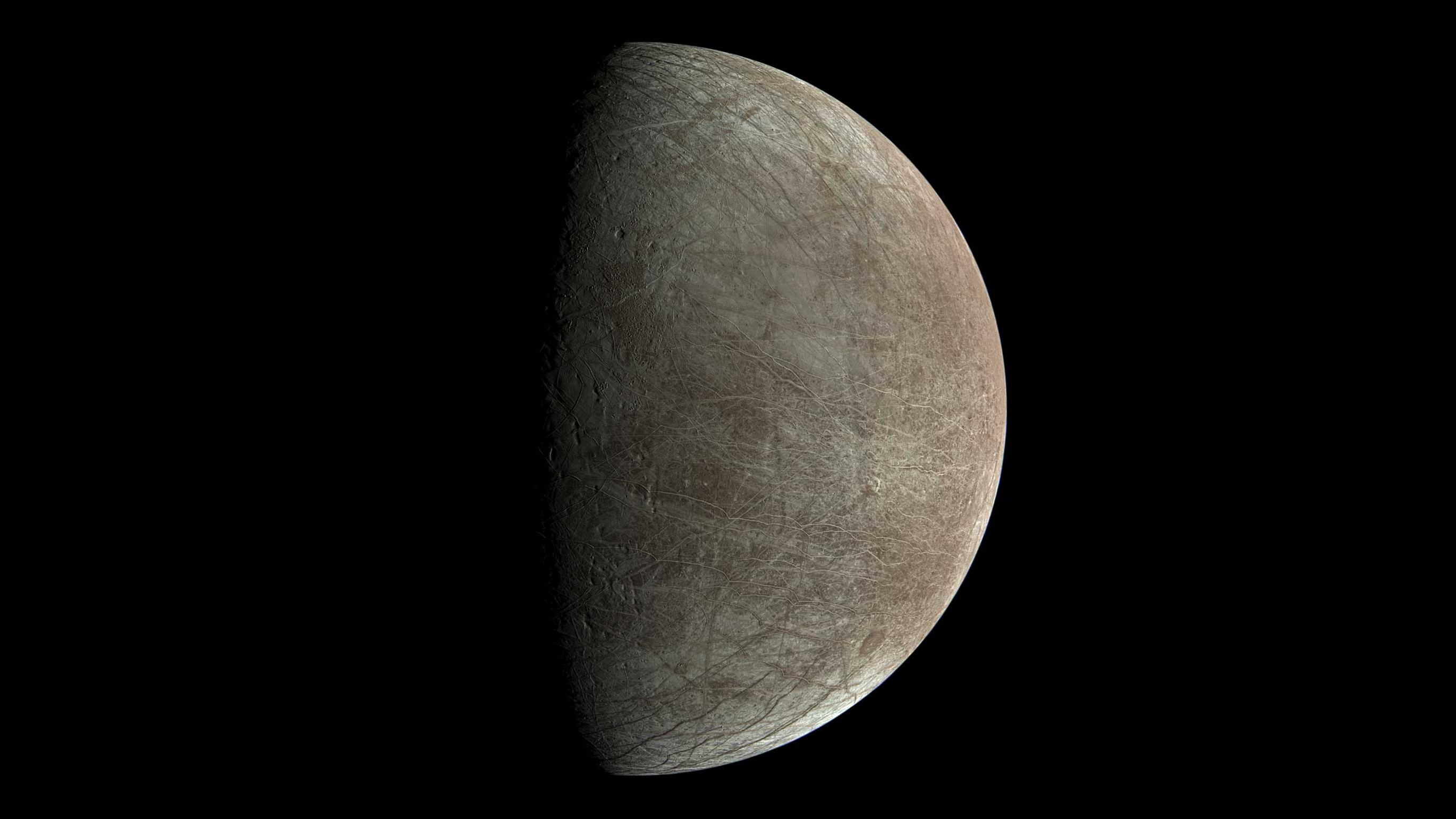
"Europa's surface is very geologically interesting, and has likely been active for a very long time. It might not be that thick, and there may be materials for life just beneath the surface," said Vance.
Oxygen, for instance, is a reactive element. This means oxygen transported from Europa's surface to its interior could potentially be used in subsurface chemical reactions that generate energy. Those reactions, if in occurrence, would happen because of microbial life living in the ocean because those microbes wouldn't have access to sunlight for energy.
The interaction of water and rock deep within Europa may also release hydrogen and other chemicals into the ocean. And, because Europa is constantly flexing due to massive tidal forces as it orbits Jupiter, the interior of the moon is likely warm. That means hydrothermal vents may be supplying the ocean floor with chemical nutrients, similar to the way vent systems found on Earth's ocean floor work.
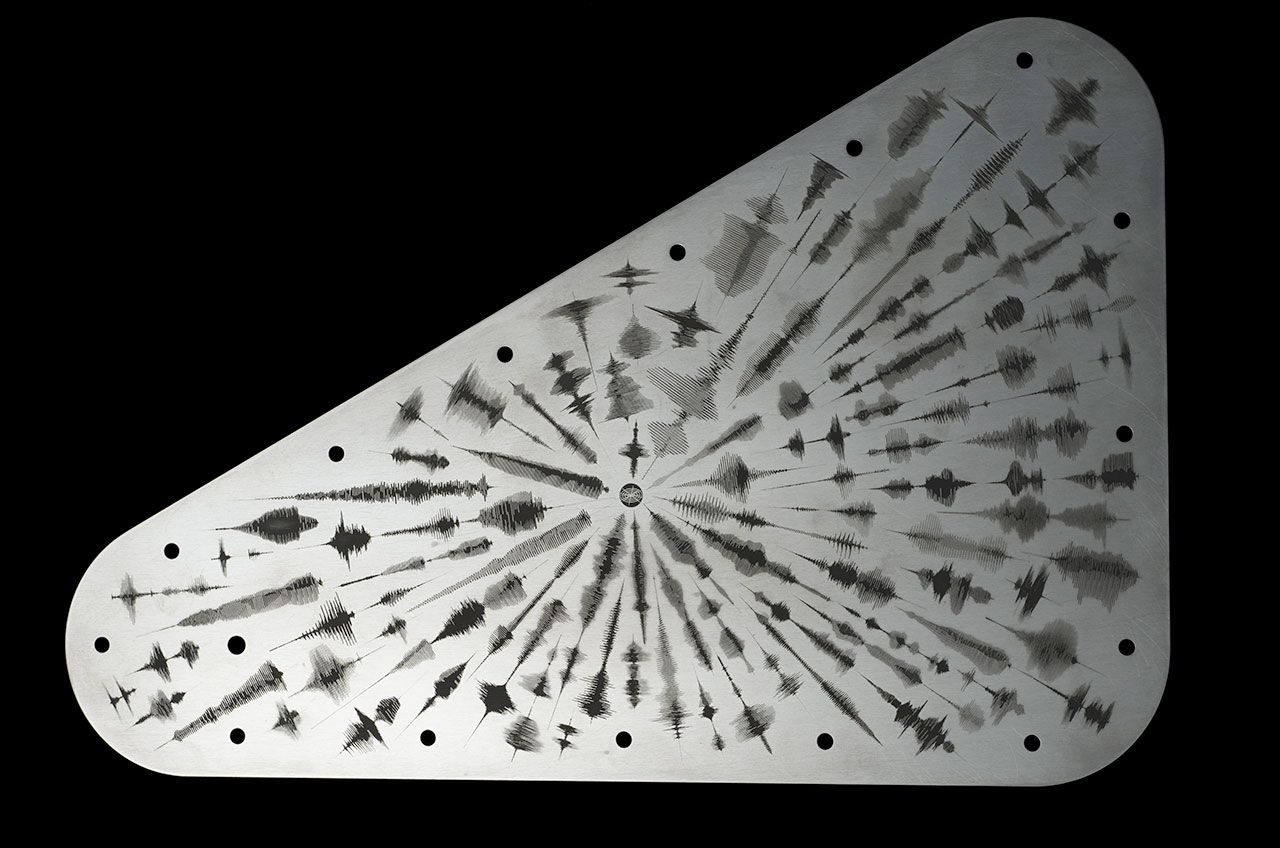
Hunting for biosignatures
As researchers and engineers don't currently have enough information about Europa's surface features, landing on the Jovian moon, at least for this mission, is out of the question.
This means researchers will be limited by what they can see and collect from orbit when the spacecraft reaches Europa. Because any potential life lurking on Europa is likely in its interior, researchers will instead be looking for deductive signs noticeable on the surface and in its atmosphere.
The Europa Clipper possesses a range of instruments which will gather materials ejected from icy geysers on the moon, and those materials could provide astrobiologists with credible evidence that living processes are indeed occurring beneath the surface.
Astrobiologists usually refer to such evidence as "biosignatures." A biosignature is a chemical byproduct of living processes. For example, high oxygen levels in Earth's atmosphere can be considered a biosignature generated by plants. However, what might be considered a biosignature in one context might not be in another. A recent example of this was the detection of traces of phosphine, a possible biosignature, in the atmosphere of Venus. On Earth, phosphine is a byproduct of anaerobic ecosystems, which led some to suspect Venus of having anaerobic organisms living in its atmosphere. However, researchers later revealed that the phosphine in Venus' atmosphere could be generated from volcanism.
Non-living processes are also capable of producing chemicals we usually associate with living processes, muddying what we might consider as signs of life. This means any possible biosignature has to make sense in the context of the system it's found within.
In the context of Earth, oxygen is constantly being replenished in our atmosphere by algae, cyanobacteria and plants. To anyone looking at Earth's atmosphere from afar, our high oxygen levels would be an indication that there is some interesting chemistry happening, because the oxygen in our atmosphere wouldn't last long if it wasn't being replenished (due to its high reactivity). However, if someone was looking for oxygen as a sign of life in Earth's atmosphere before the onset of the Great Oxygenation Event 2.4 billion years ago, they would be out of luck. Earth would look ordinary, despite being home to life.
"There's been lots of work done to understand what kind of chemical biosignatures exist and how to detect them … we kind of think of life as a binary thing, but detecting life is not necessarily binary, or easy, at all," Elizabeth "Zibi" Turtle from Johns Hopkins Applied Physics Laboratory said at the conference. Turtle leads the Europa Imaging System (EIS) on Europa Clipper.
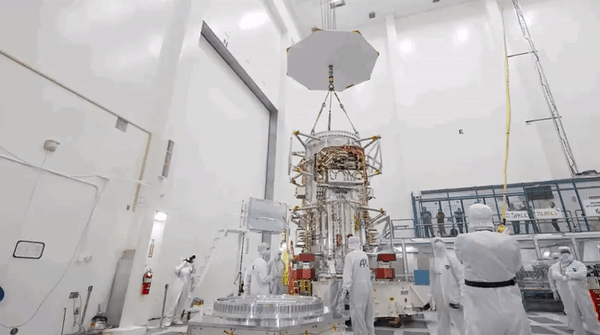
One of the most exciting pieces of tech the Europa Clipper is carrying on its voyage to the Jovian system is the Mass Spectrometer for Planetary Exploration, or MASPEX. MASPEX will collect gases and molecules in what exists of Europa's atmosphere during the spacecraft's close flybys.
How does it work? The instrument bombards the materials it will scoop up from Europa's atmosphere with high-energy electrons (negatively charged particles), which strips the collected materials of their own electrons. This turns the captured molecules into positively-charged ions. An atom or molecule becomes ionized when it becomes a more positively or more negatively charged version of itself, which can happen if it acquires or loses electrons or protons, the latter of which are positively charged particles.
The ions produced by MASPEX can then be accelerated around a "drift tube" that's also on the apparatus, where lighter ions move faster around the tube. The speed at which the ions move in the tube will therefore give scientists an idea of their masses, and, in turn, their identities.
"While the goal is to understand the chemistry that directs Europa, including the possible metabolisms that might happen in Europa's oceans, the mass spectrometer, and the dust analyzer as well, have the possibility of picking up large organic molecules including amino acids and things that might be clues to the presence of life — though not definitive evidence of life itself," said Vance at AbSciCon2024.
If MASPEX is able to identify organic molecules or even amino acids, as well as offer an indication that materials from the moon's surface have a clear pathway to the ocean beneath, this will give researchers a huge reason to be optimistic about the chances of life on Europa.
Correction 6/3: The Europa Clipper is a NASA mission unaffiliated with ESA. This article has been updated to reflect that.
Join our Space Forums to keep talking space on the latest missions, night sky and more! And if you have a news tip, correction or comment, let us know at: community@space.com.

Conor Feehly is a New Zealand-based science writer. He has earned a master's in science communication from the University of Otago, Dunedin. His writing has appeared in Cosmos Magazine, Discover Magazine and ScienceAlert. His writing largely covers topics relating to neuroscience and psychology, although he also enjoys writing about a number of scientific subjects ranging from astrophysics to archaeology.









